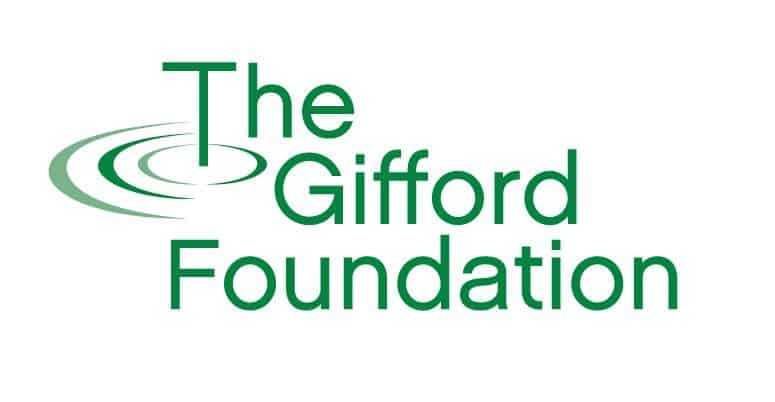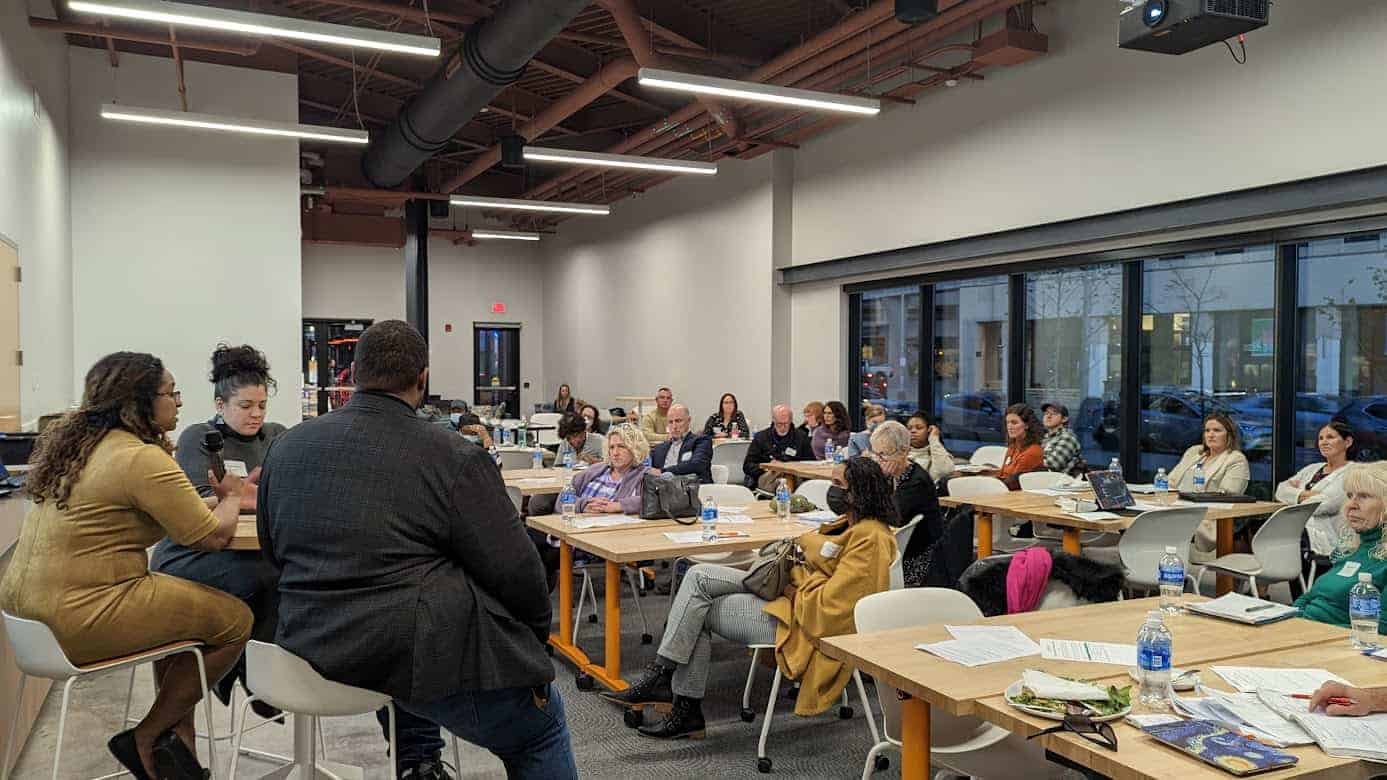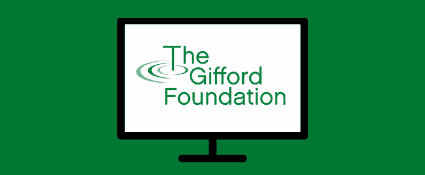5 Takeaways from the Board Development Series
Published: November 14th, 2022
We recently collaborated with the Central New York Community Foundation to host a three-part Board Development Series, offered for free to the CNY nonprofit community. Consultant Maria Fibiger organized and led the sessions, which also included special presentations by nonprofit consultant Babette Baker, CEO Maryann Roefaro, and a panel presentation featuring three graduates of the Nourishing Tomorrow’s Leaders program.
For those of you who were not able to attend, or for those who would like a refresher on some of the material covered, we created a recap of some of the major lessons covered during the workshop series.
The Board Development Series took place over three sessions, where more than 70 people across over 30 organizations enrolled to learn new strategies for building strong and engaged boards.
#1
Be a Community Ambassador – Not Just a Board Member
A board member’s responsibilities are not just confined to board meetings. While reading the financials, attending meetings, and planning the organization’s future are all important elements of boardsmanship, some of your most significant contributions can come from being an advocate for the organization in your daily life.
Do you get a “deer in the headlights” look when someone asks you what your nonprofit’s mission is? Being able to clearly and passionately articulate your agency’s work means that you are prepared to engage new allies and garner new resources whenever they present themselves.
When planning your board meeting agenda, ensure that there is an opportunity for board members to hear stories from staff. These examples will not only remind the board members why they are at the table, it will also equip them to better represent the organization when speaking with people outside of it.

#2
Understand and Update Your Policies
Did you know that having an active and updated Conflict of Interest Policy is mandatory for all nonprofit organizations in New York State? This policy should provide clear definitions and procedures around documenting and avoiding conflict of interest among staff and board members, and should also require that all staff and board members submit a form listing any affiliations that could lead to a conflict in the future.
A conflict of interest typically emerges when a decision the organization makes might financially benefit one of its board members or staff, or their family. This might include entering into a contract with a business that employs one of the agency’s board members, or a board member’s spouse. It is often forgotten that this policy also applies to advisory committee members, even though they may not officially be part of the board of directors.
Establishing a clear and comprehensive Whistleblower Policy is another measure that nonprofit organizations must take seriously. Recent updates to New York State’s Labor Laws require that any nonprofit with at least twenty employees, (be sure to consider any volunteers providing regular/substantial services), and annual revenue in excess of $1,000,000 must have a Whistleblower Policy in place. That said, the NYS Charities Bureau provides guidance that all organizations consider adopting a Whistleblower Policy. Other key changes include expanded whistleblower coverage for former employees as well as independent contractors. This means that a third-party consultant or accountant could report improper actions by the organization to its board of directors or to the State of New York without fear of losing their contract.
Downloadable Resources:
Whistleblower Policy – Sample Conflict of Interest Policy – Sample
Conflict of Interest Disclosure Form – Sample

#3
Always Monitor Capacity
As your board plans for the future, one of the most important questions it can ask is whether or not the goals match the organization’s resources. It can be tempting to set lofty targets, but if those plans are not grounded in the agency’s capacity – it can cause tremendous damage to public image and internal morale.
One way to judge of a goal is realistic or not is to evaluate whether or not there are clear systems and processes for what needs to get done. Do we know who is responsible for which task? Do we know if those people have the actual time, tools, and knowledge to complete those tasks? As the governing body, the board of directors should be aware of not just what the organization can do, but also what it cannot do.
This means trimming the fat from areas that are not having the desired impact or that do not connect with the agency’s mission. It also means saying no to projects or opportunities that would strain the organization’s systems or take away from other key programming. Making these judgements means having a clear and transparent flow of communication between the board and staff about which programs work, which do not, and which systems are running low on resources.

#4
Set Attainable DEI Goals
Nonprofit consultant Babette Baker has over 35 years of experience working with nonprofits and businesses of all sizes. In her presentation, she outlined the three most common reasons why DEI initiatives fail:
- The goals have no connection to the organization’s mission.
- The goals have no clear plan behind it and/or is not grounded in the organization’s capacity.
- The goals are not authentically supported by the organization’s leadership.
Organizations that make real progress in this arena share many common traits. They have transparent office cultures where people feel comfortable sharing their opinions, concerns, and ideas. Efforts to address inequities and improve representation are not confined to one department or training session, but exist across all areas of the organization and are embraced openly by upper management and the board.
Importantly, the DEI strategy should also connect with the organization’s mission. For example, an agency that works to provide homeless veterans with housing should prioritize having veterans (especially those that have experienced homelessness) at their decision-making tables. Look to the mission to identify the organization’s target population, and then see how that group can be better included at all levels of the agency.
Finally, Babette Baker reminds us that “What gets measured gets done”. Organizations that are committed to DEI identify clear performance indicators and a process for monitoring and reporting progress. If there is no mechanism for tracking progress, the initiative is unlikely to make an impact. Having a way to measure the project helps ensure accountability, and commitment, and invites course correction when the initial momentum begins to slow down.

#5
Know Your Committee Options
What is a board committee? It is widely understood that boards should create dedicated subgroups to more efficiently review certain topics such as board development, finances, community relations, etc. This can be a highly effective way to bring board members with specific skillsets together to strategize independently before presenting their ideas to the full board. What is often misunderstood is that committees can have different structures depending on the nature of the task involved. The three committee types include:
- Standing Committees: these are permanent bodies that are always active. Their work is usually related to the core responsibilities of the board of directors. Examples include Finance, Executive, Governance, or Board Development.
- Ad-Hoc Committees: these groups are formed to address a specific project or situation, with an anticipated end date once that task is completed. This might include a hiring committee for a new Executive Director, or a investigate committee to review a whistleblower’s complaint.
- Advisory Committees: these committees are distinct in that they are comprised of community members who are typically not part of the organization’s board of directors. Although they are not able to vote at board meetings, they can be a powerful way for an organization to gather insight that the board members themselves may not have. For example, a youth facing organization might create an advisory committee of adolescents to help review whether program models or marketing materials will be relevant or attractive to their age group. Advisory committees are also a powerful way to bring potential allies into the fold of your organization without asking them to formally take on the responsibilities of being a full board member.
Please remember that each of these committees (yes, even advisory committees), are bound by the same conflict of interest and whistleblower policies as the rest of the board.
Looking for more resources? Explore this New York State Handbook on the Responsibilities of Directors for Not-For-Profit Corporations.

Subscribe to the Gifford Newsletter
Start enjoying our free quarterly publication today.



